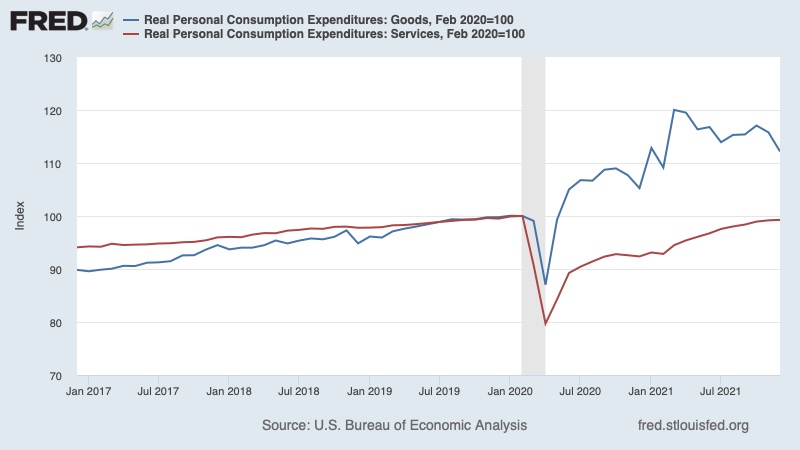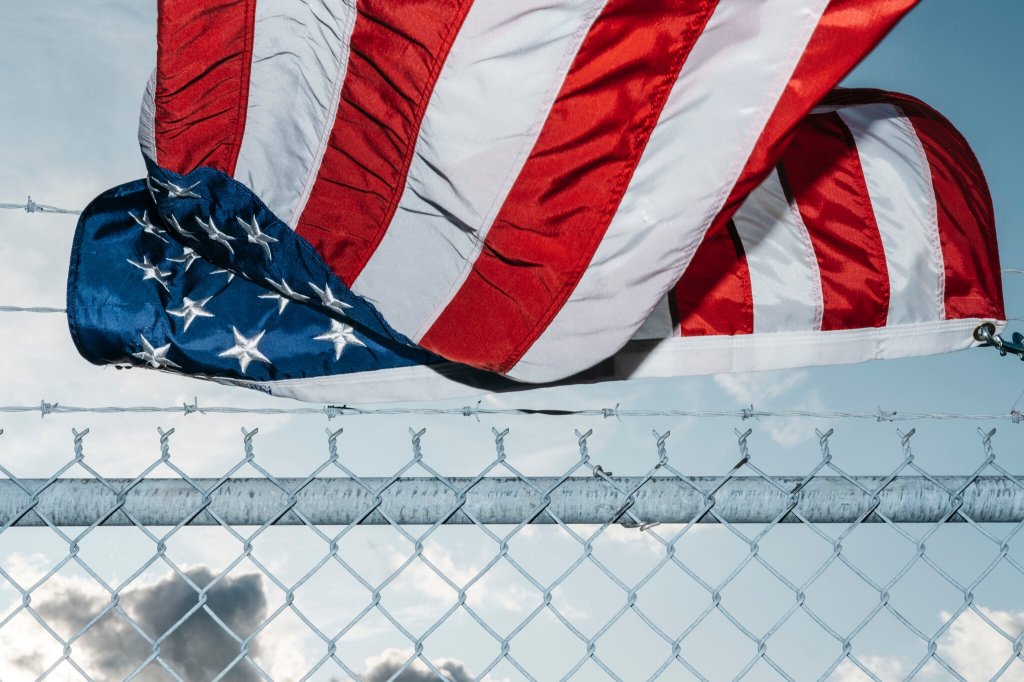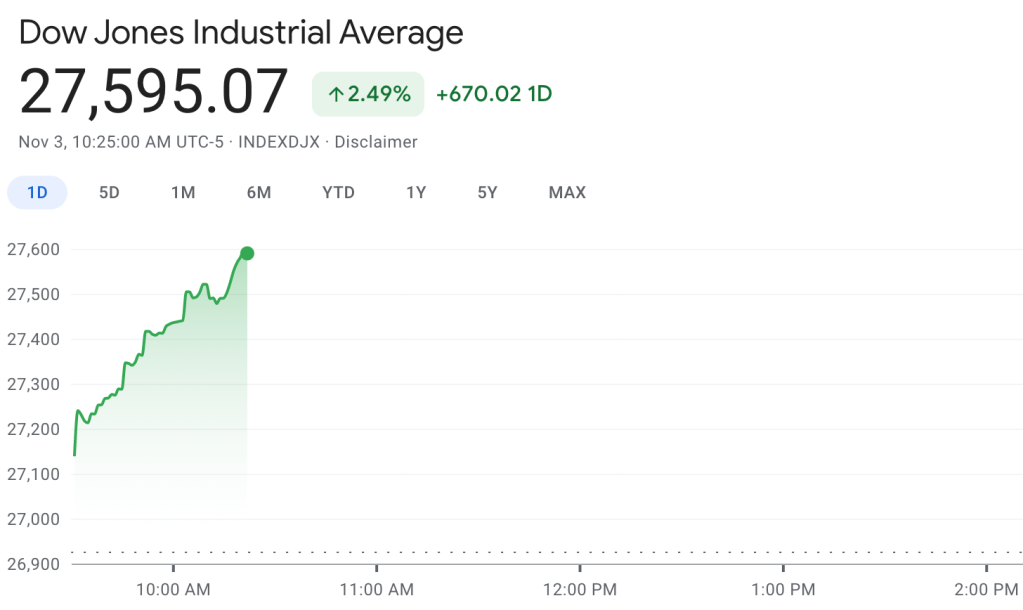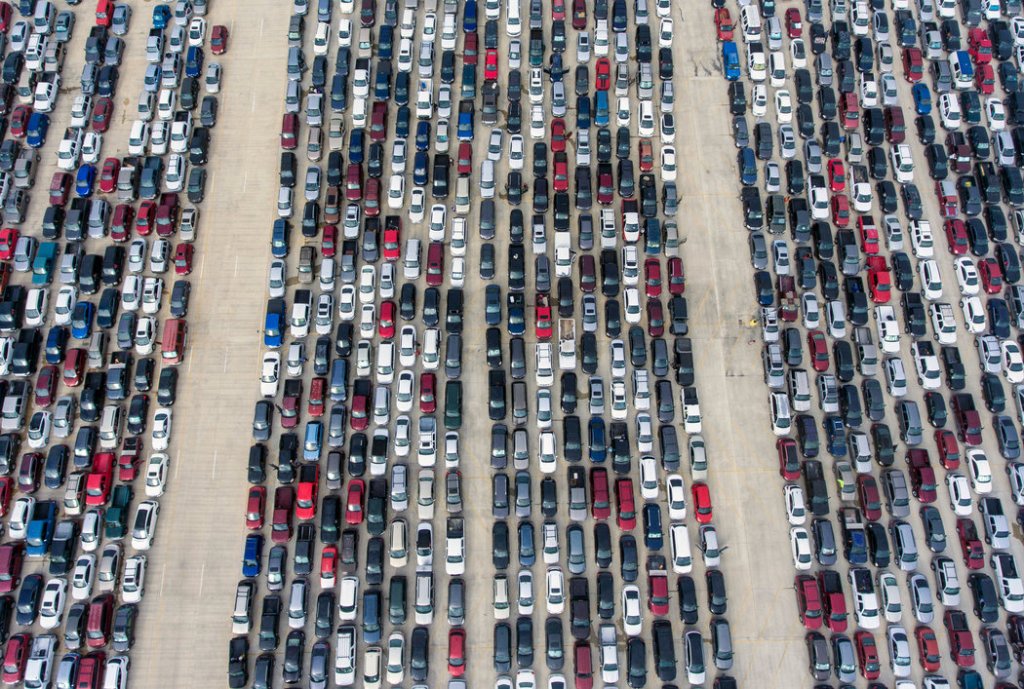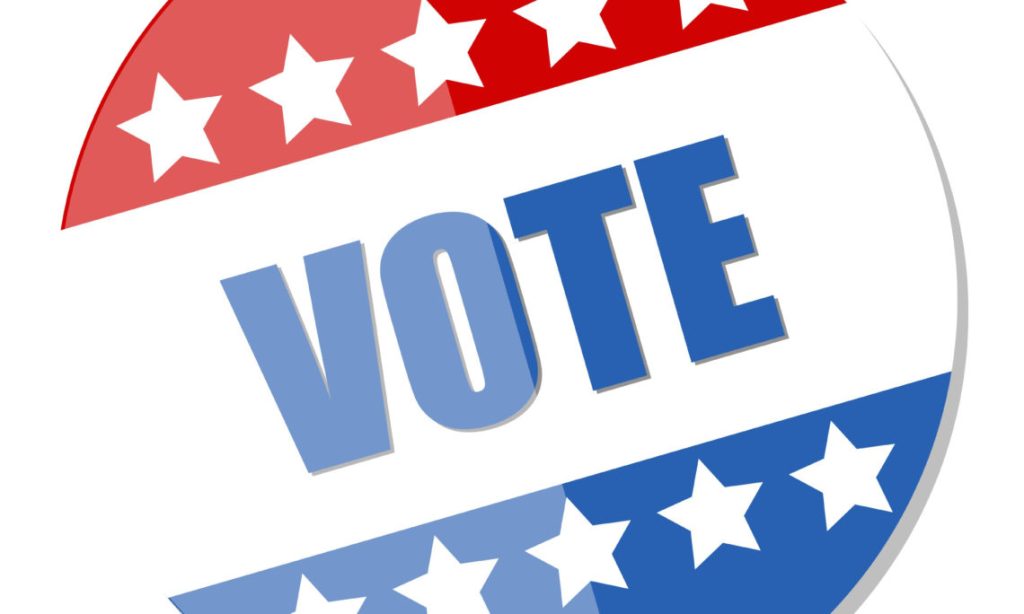Current
The Art Basel and UBS Global Art Market Report, 2023
| Key Findings 1. Global art sales increased by 3% year-on-year to an estimated $67.8 billion, bringing the market higher than its pre-pandemic level in 2019. After a strong recovery in sales of 31% in 2021 from the pandemic-induced low point the previous year, results were more mixed in 2022, with variations in performance by sector, region, and price segments resulting in more muted growth. 2. The volume of transactions fell sharply during the pandemic in 2020, but recovered in 2021, with the number of sales rising by 19% to 37.3 million. In 2022, these increased only marginally (1%) to 37.8 million, with the rise mainly due to more sales by dealers. 3. The high end of the market continued to be the driver of growth in 2022. Sales in the public auction sector dipped slightly by 1% to $26.8 billion, with works priced at over $10 million being the only segment to increase in value. The dealer sector grew by 7% to $37.2 billion, and sales for those operating at the higher end were significantly better than their peers in the lowest tiers. 4. The US retained its premier position in the global ranks, with its share of sales by value increasing by 2% year-on-year to 45%. The UK moved back into second place with 18% of sales, and China’s share decreased (by 3%) to 17%, as it fell back into third position. France maintained its position as the fourth-largest art market worldwide with a stable share of 7%. 5. After a significant decline in sales during the pandemic, the US art market has seen one of the most robust recoveries of all the major markets. From a pandemic-induced low in 2020, sales bounced back in 2021, increasing by just over one third in value to $28.0 billion. Growth continued in 2022 with a further increase of 8% year-on-year to $30.2 billion, its highest level to date. This was driven by a major uplift at the high end of the auction sector, along with more moderate but positive growth in dealer sales. 6. Despite a year of intense economic and political pressures, sales in the UK maintained their momentum, with a rise of 5% to $11.9 billion in 2022. This second year of growth boosted the market from its 2020 low, although sales were still below their prepandemic level in 2019 of $12.2 billion. 7. China had a significantly worse year in 2022, with lockdowns stalling activity, and sales and events curtailed or cancelled. Sales declined by 14% year-on-year to $11.2 billion, and although still 13% above 2020, this was their lowest level prior to that since 2009. 8. The French market saw positive, low growth of 4% year-on-year measured in US dollars, with the increase somewhat muted by deteriorating Euro values in 2022. Following a drop in value of 30% in 2020, sales in France had a particularly strong uplift in 2021, increasing by 58% year-on-year to $4.8 billion. The continued growth in 2022 led to a new peak of just under $5 billion, the highest level to date. 9. As exhibitions, auctions, and fairs all ran on much fuller schedules and collectors began to reengage with live events and sales, both dealers and auction houses reported a further reduction in their share of e-commerce in 2022. Online-only sales fell to $11.0 billion, a decline of 17% from the 2021 peak of $13.3 billion, but still 85% higher than in 2019. Online sales accounted for 16% of the total value of the art market’s 2022 turnover, down from the peak of 25% in 2020, and 4% lower than the share of global retaile-commerce (20%) in 2022. 10. After reaching a peak in late 2021 of close to $2.9 billion, sales of art-related NFTs on platforms outside the art market fell to just under $1.5 billion, a decline of 49% year-on-year. Despite the significant drop in value, sales were still over 70 times those in 2020 (at just over $20 million). The decline in value was much greater for art-related NFTs than other segments, and they accounted for just 8% of the value of NFT sales on the Ethereum network in 2022 (versus 67% for collectibles-based NFTs) |

| 1.1 Overview of Global Sales After two years of disruption from the global pandemic, 2022 was anticipated as the year the art market would return to a more regular momentum. Early in the year there were predictions of a boom in sales as the full art fair calendar resumed and auctions featured high profile collections. Collector sentiment surveys conducted mid-year also indicated optimistic buying plans. But in reality, while the year was certainly marked by exceptional sales and events, the overall results were much more mixed, with variation in performance by sector, region, and segment resulting in more muted growth than anticipated. The COVID-19 pandemic created a very difficult operating context for the art trade, with restrictions on operations, travel, exhibitions, and events all contributing to a contraction in sales of 22% in 2020 to $50.3 billion, its lowest point since the global financial crisis in 2009. However, just as the market bounced back in 2010, sales also recovered quickly in 2021, driven by both the rapid adaption of the art trade to digital channels and strong sales at the high end of the market buoyed by the expanding wealth and spending power of high-net-worth (HNW) collectors. As nearly all regions and most segments recovered in 2021, values reached $65.9 billion, an increase of 31% from 2020, bringing the market higher than its pre-pandemic level in 2019. Collectors and those in the art trade began 2022 with a highly optimistic outlook as sales and events resumed a more regular pace in most regions. The first half of the year was marked by strong sales in the auction sector, with many record prices achieved. There were positive indictors from the dealer sector with busy fairs and exhibitions. However, as the year progressed the context proved to be more challenging than anticipated, with political and economic instability, the intensifying war in Ukraine, rapidly increasing inflation rates, supply issues, and looming recessions in key markets. In the last quarter particularly, despite the headline-grabbing $1.6 billion Paul Allen sale at Christie’s in New York, the market appeared overstimulated and began to cool, with reports of more subdued bidding and buying at events. Tight zero-COVID policies in China also meant the cancellation of many events and auction sales in the region throughout the year, which took a heavy toll on the art market’s growth. High transmission rates from the abrupt end of these regulations at the start of 2023 have continued to cause short-term disruptions. While the other major markets including the US and UK posted positive results, this divergence in performance created more subdued growth, with global sales increasing by just 3% year-on-year to an estimated $67.8 billion. |
| Prior to the events of the last three years, the last major recession in the art market took place in 2009 when sales fell by 36% to $39.5 billion. The fallout from the global financial crisis affected nearly all segments of the market, including the high end. The market bounced back strongly in 2010, with a booming Chinese market and strong sales in the US operating in unison to push values up by 44% to $64.6 billion by 2011. The recovery was stalled to some extent by the abrupt end to the boom in China in 2012 slowing global values, but from 2009 to 2011 global art sales had advanced in value by 63%. This time around, the market was already under pressure prior to the pandemic-induced contraction in 2020 as geopolitical tensions and economic uncertainty negatively impacted sales in 2019. The onset of the pandemic in early 2020 created an unprecedented crisis for the market, with closures and restrictions on events all taking their toll. Nevertheless, the market showed considerable resilience, and online trading helped salvage value, with the year-on-year nominal decline significantly less severe than in 2009. This has been matched, however, with a less pronounced recovery than from 2009 to 2011, with sales from 2020 to2022 increasing by 35%. |
| In both cases, the market’s rebound has exceeded its decline. Sales in 2022 were greater than before the pandemic and the second-highest point achieved in the market to date, with values just below the peak of 2014. A significant factor helping the market contract less (and recover faster) has been ample demand at the higher end of the market from wealthy collectors. Despite the widespread negative social and economic effects of the pandemic, global billionaires saw a significant boost to their wealth of almost one third in 2020 with certain industries such as technology, e-commerce, and healthcare thriving. The continued growth of this segment highlighted important differences between the pandemic and other previous financial downturns, including the global financial crisis of 2009, which resulted in the number of billionaires worldwide falling by 30% and their wealth decreasing by 45%. Growth in high-end wealth continued in 2021 with the number of billionaires and their wealth rising further, by 16% and 19% respectively, reaching an historical peak of $13.6 trillion and 2,657 individuals. Using Forbes World’s Billionaires lists (compiled since 1987), and measuring real-time wealth in December 2022, it was evident that there was some slowing of this trajectory over the year. The reported number of billionaires dropped to 2,487 (down by 6%) and their combined wealth was down 14% to $11.7 trillion. Some of the biggest losses were in Russia, with the billionaire population down by 18% and their wealth declining by one quarter, and China (including Mainland China and Hong Kong), which lost 99 billionaires, a 16% decline year-on-year, with wealth also decreasing by 27%. Nonetheless, even with this contraction in 2022, billionaire wealth has more than doubled in 10 years, and it has increased by more than one third since 2019, just before the onset of the pandemic. Along with the adaptions made by the market, the expansion in wealth for the world’s richest individuals has undoubtedly helped the art market weather the COVID-19 crisis better than it otherwise would have and to recover more rapidly. The extent to which these billionaires have focused their buying on the thin segment at the top of the market may, however, have increased inequalities in how businesses in the art trade have fared. |

Moyosore Martins
Starving Artist, 2023
Mixed Media, collage mounted on wooden stetcherbar
72 × 60 × 3 in | 182.9 × 152.4 × 7.6 cm





